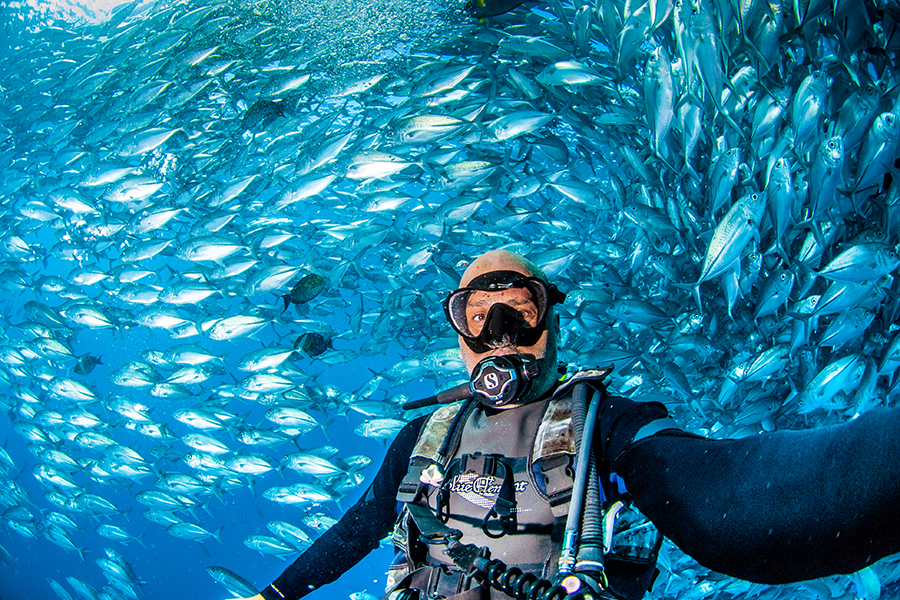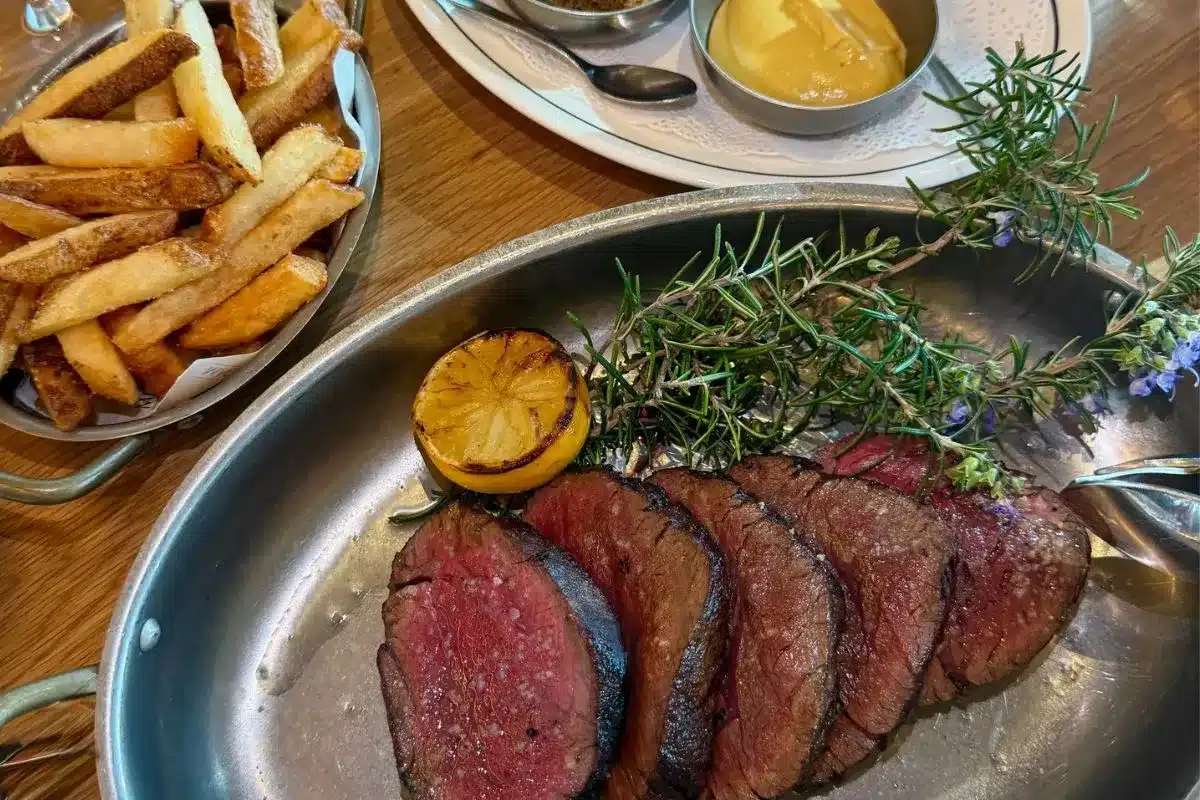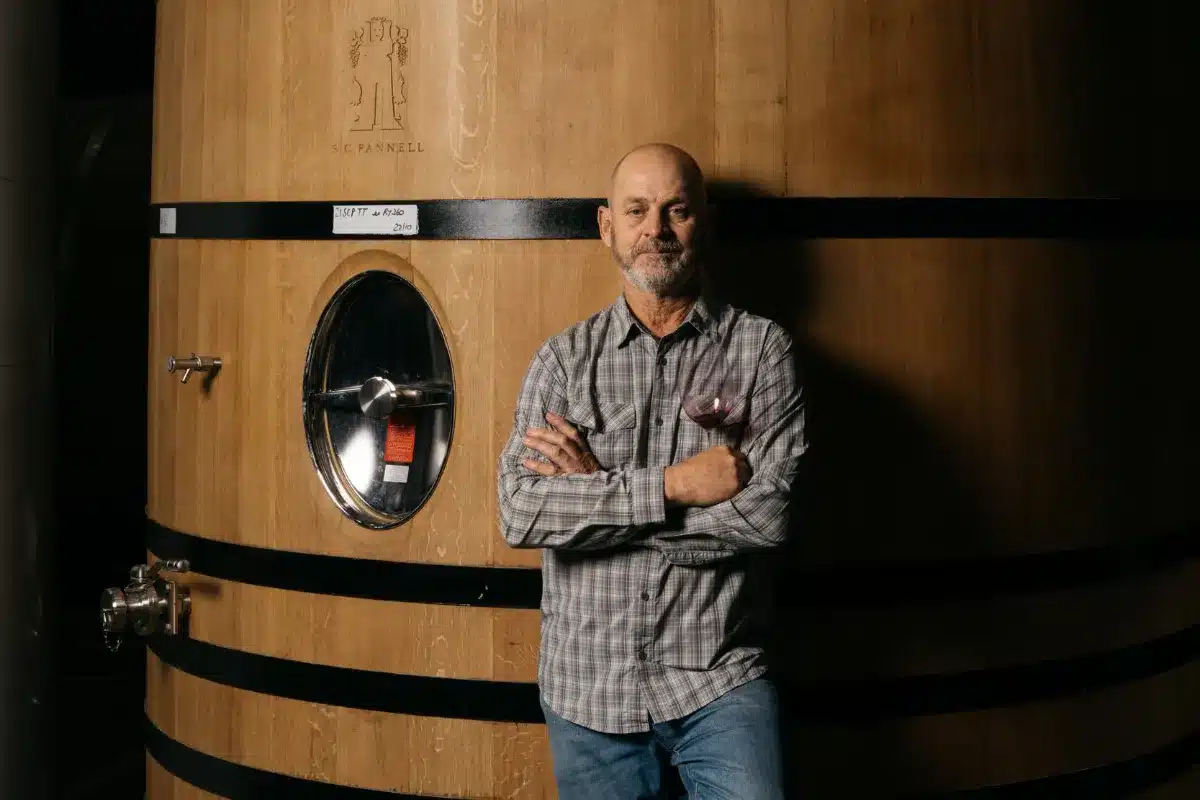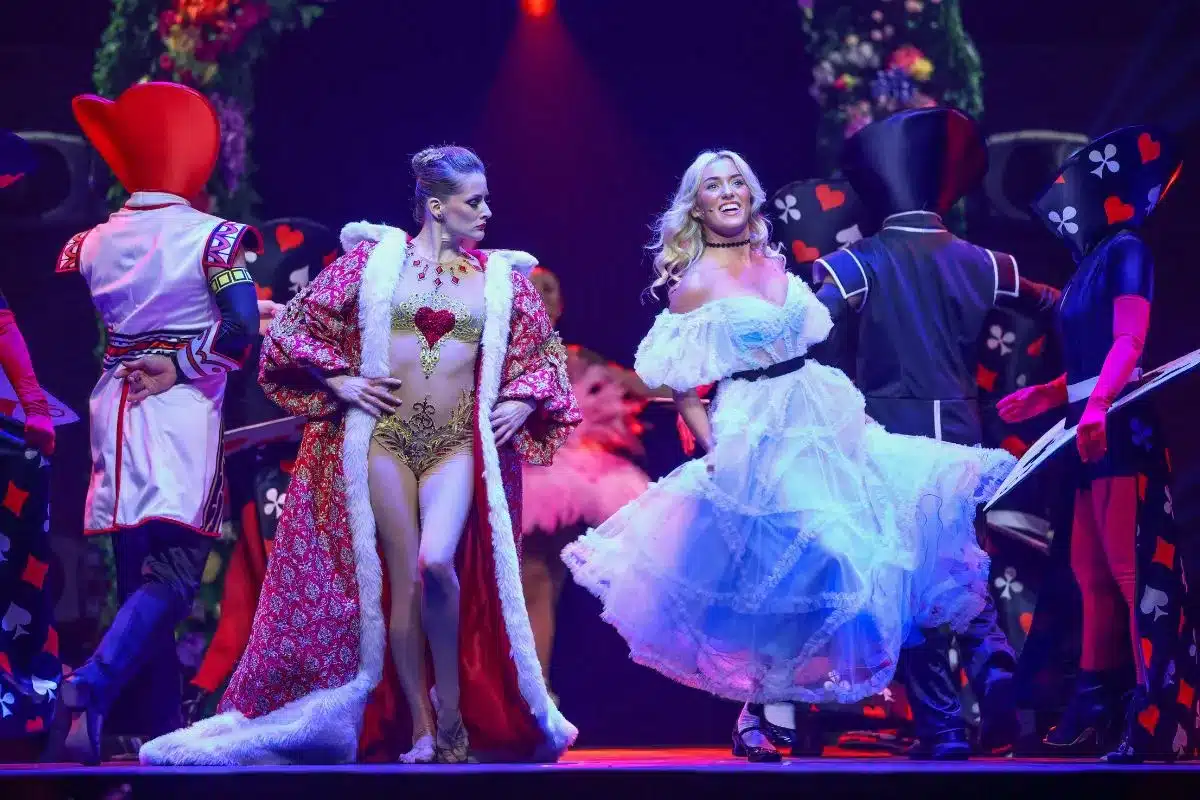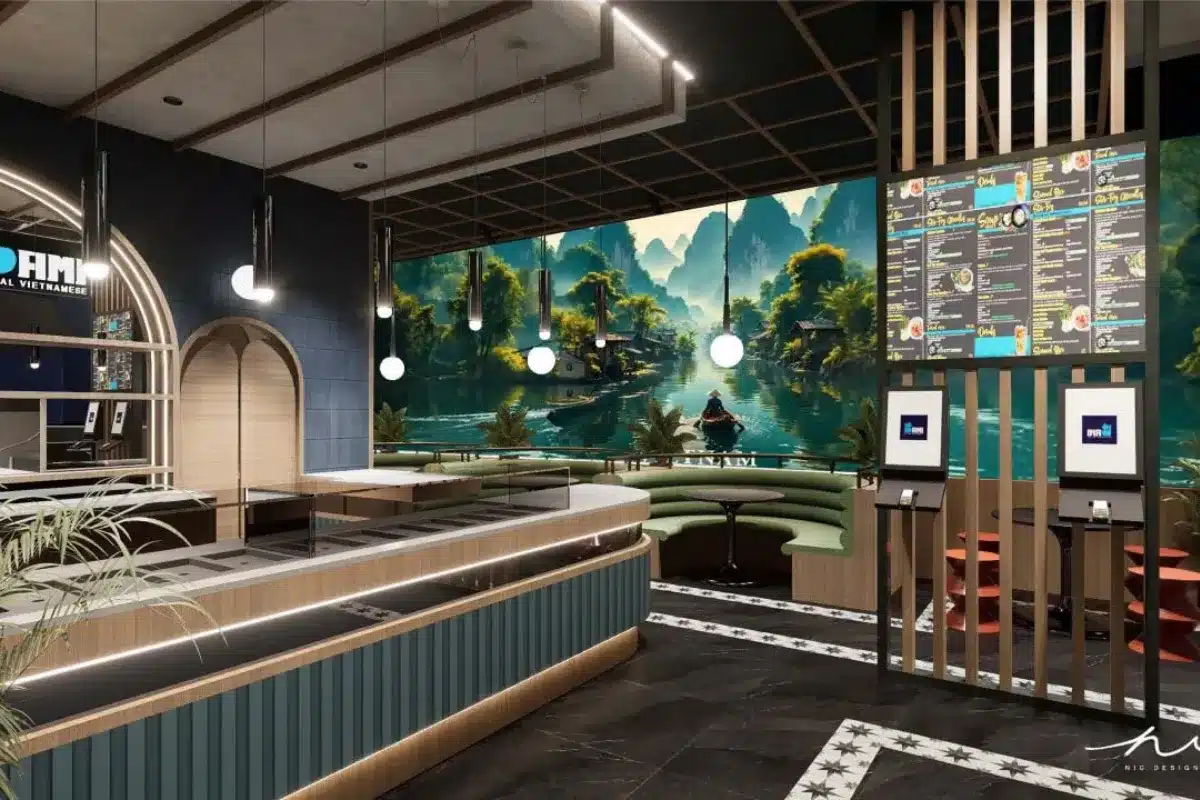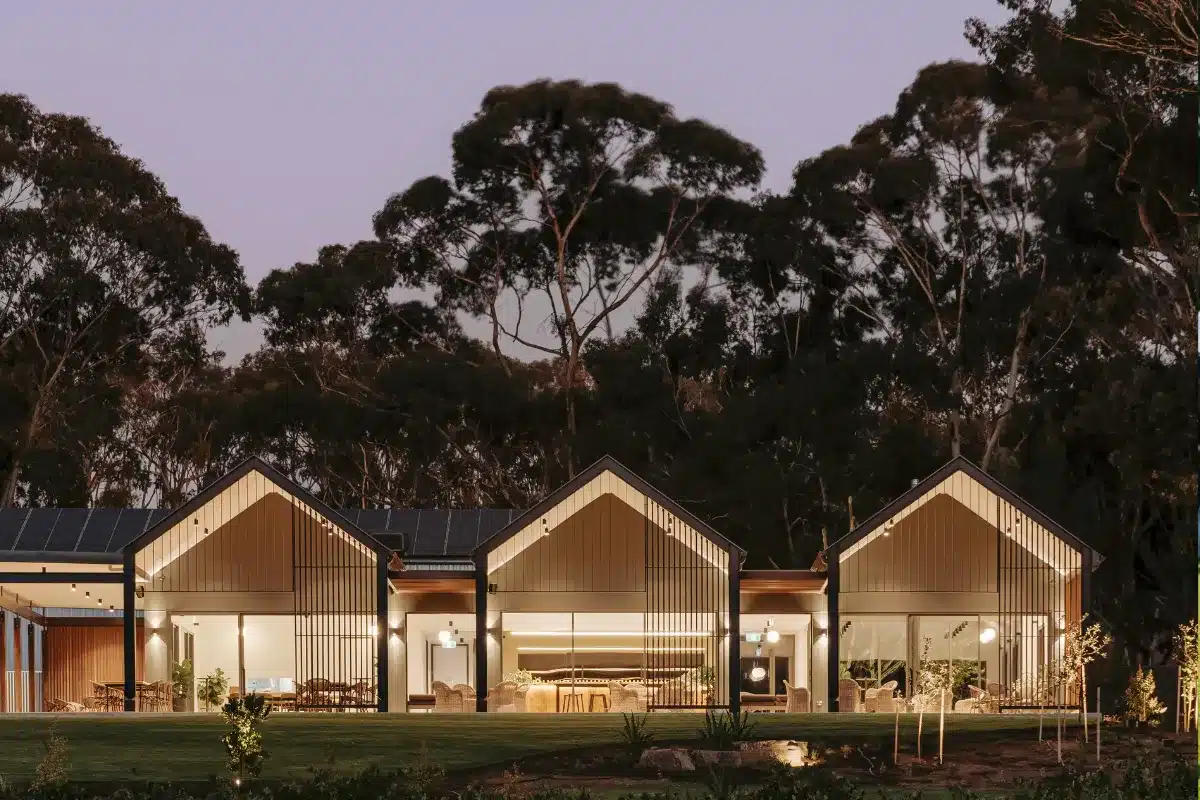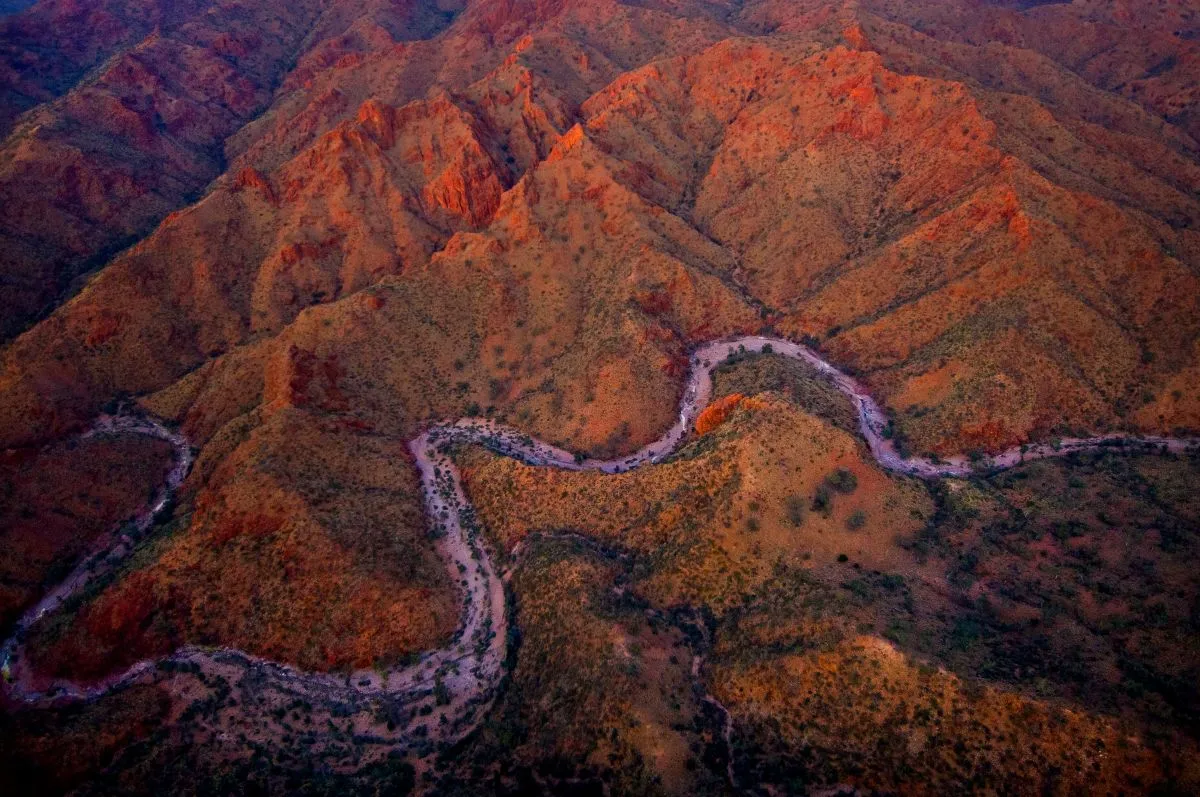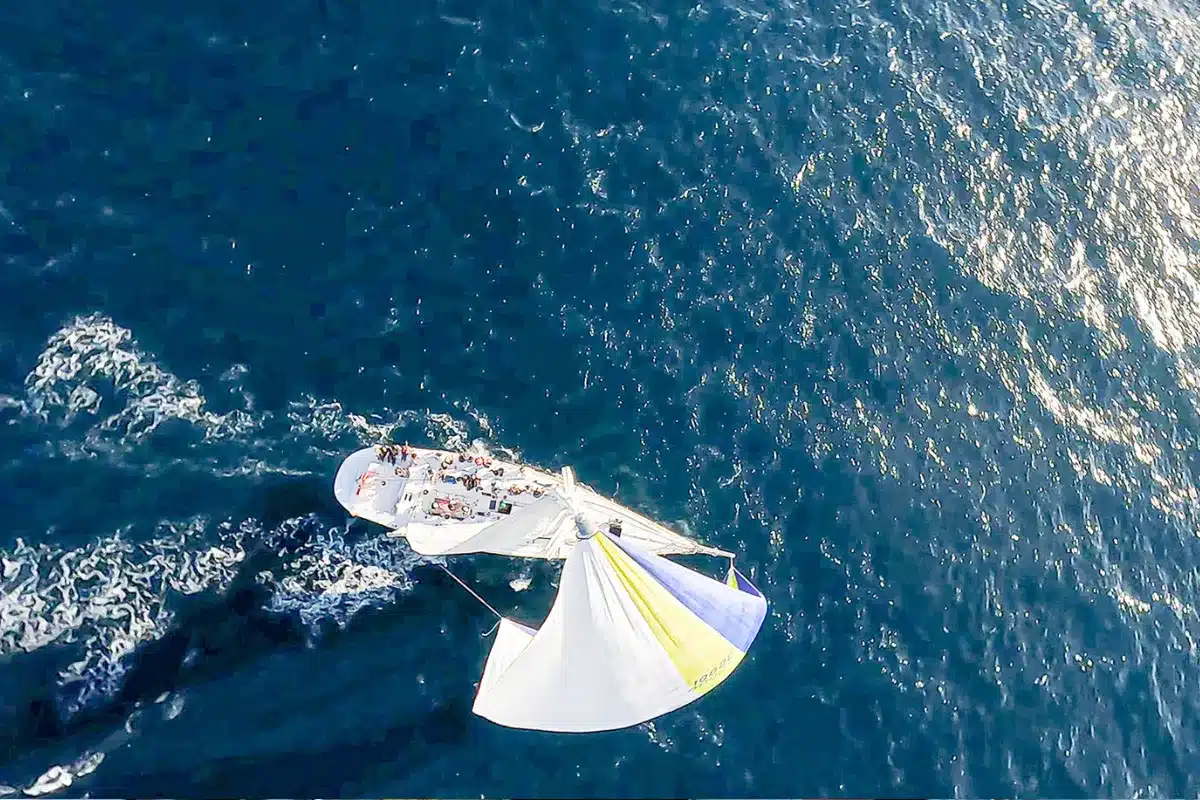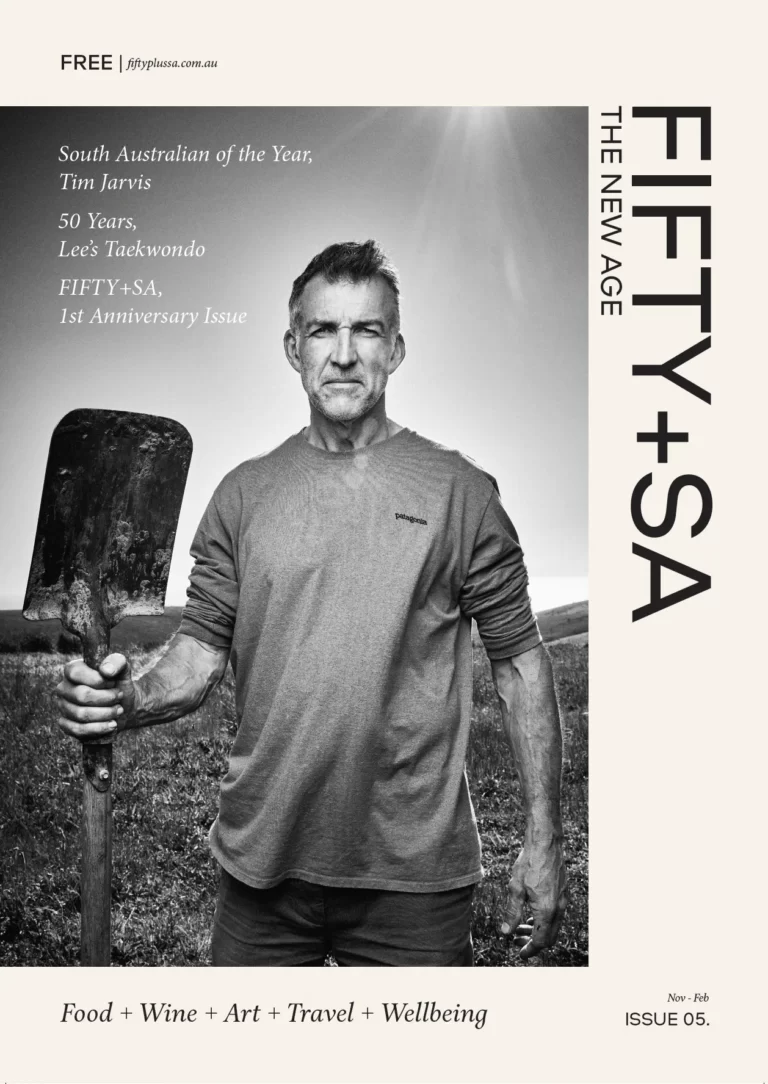Experiencing Marine Sanctuaries is a program designed people of all abilities that are interested in experiencing and learning about South Australia’s unique marine life.
EMS has compiled a list of fantastic locations for snorkeling in South Australia. Get moving this summer in our world-class marine parks, around our jetties and reefs, and off our beaches.
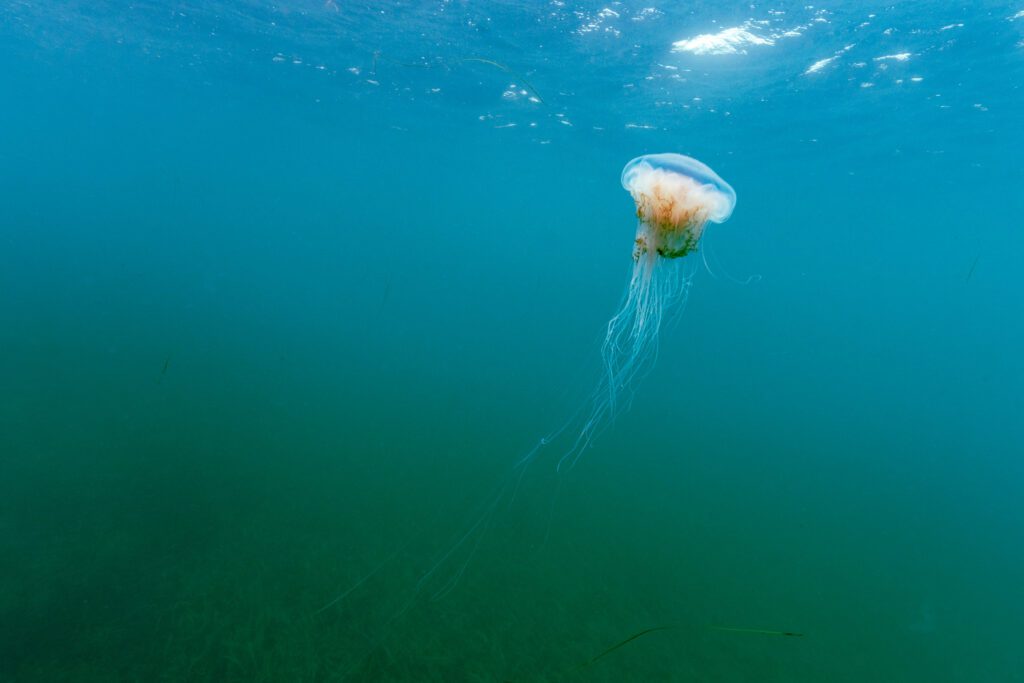
Port Noarlunga Jetty and Sanctuary Zone
At the jetty stair entry, you’ll be welcomed by large schools of sweep, silver drummer, leatherjackets, and zebrafish. As you move along the reef, search for crabs, rays, reef fish, squid (and maybe even a dolphin or seadragon).
Along the beach entry areas, look for bright orange sea stars, crabs, bream, dusky morwong, rays, and if you’re lucky, around November, you may see a harmless Port Jackson shark – so cute they’re also called the puppies of the sea.
Second Valley
Take a scenic drive down to Second Valley, a small coastal town and beach north of Rapid Bay. Enter from the beach and swim across seagrass and sandy patches alive with reef fish, colourful sea stars, and squid. Off the jetty, look for eagle rays, blue groper, and elusive seadragons.
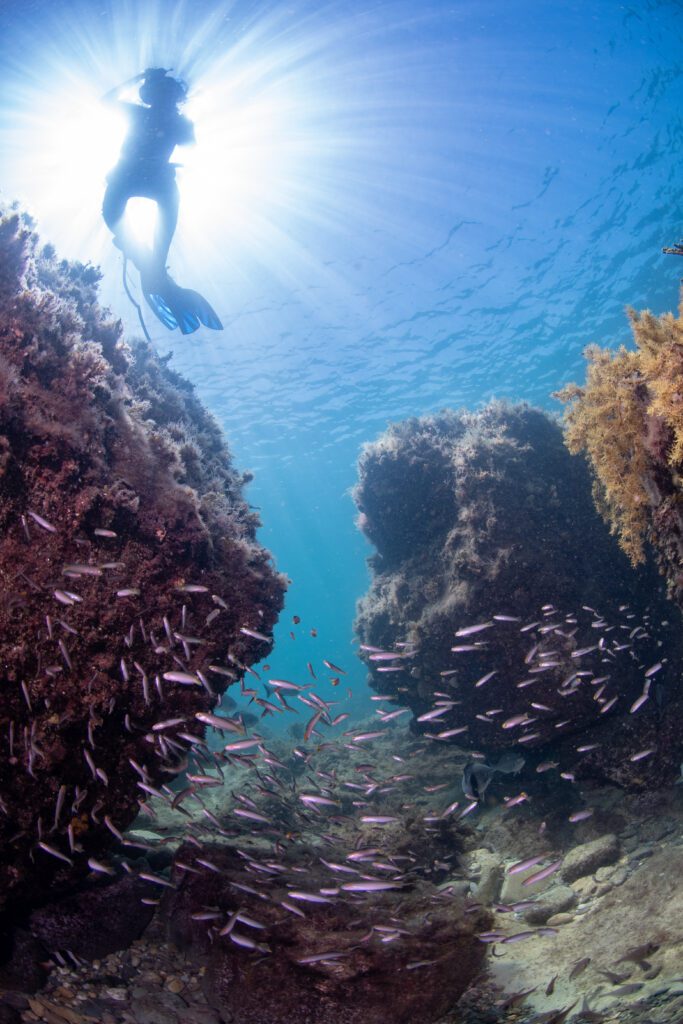
Smooth Pool on the Eyre Peninsula
Located on the rugged West Coast, near Streaky Bay, Smooth Pool is a safe and enclosed large rockpool that is more like swimming in an aquarium. Swim amongst a fantastic variety of colourful reef fish and plant life. The blue groper is one of the star attractions, along with large schools of zebrafish.
Star of Greece shipwreck, Port Willunga
If you are into history and shipwrecks, then a snorkel at Port Willunga Beach is a must. Being a 600m walk up the beach and a 120m swim out to the 5m-deep wreck site, it is for advanced snorkelers. While out on the wreck, keep your eyes peeled for dolphins and reef fish.
Port Gawler
A short drive north of the city, you can immerse yourself in the Port Gawler mangrove forest, an important nursery area and habitat for an amazing variety of fish, crabs, and plant life. Located within the Adelaide International Bird Sanctuary National Park / Winaityinaityi Pangkara and Adelaide Dolphin Sanctuary, the mangroves are a truly magical place to snorkel and take in the scenery – above and below the water.
Marvel at the mangroves and their upward-growing roots called ‘pneumatophores’, which help them to take in oxygen. Underwater, keep your eyes peeled for small sea stars, crabs, sea squirts, sea anemones, fish, prawns, and rays.
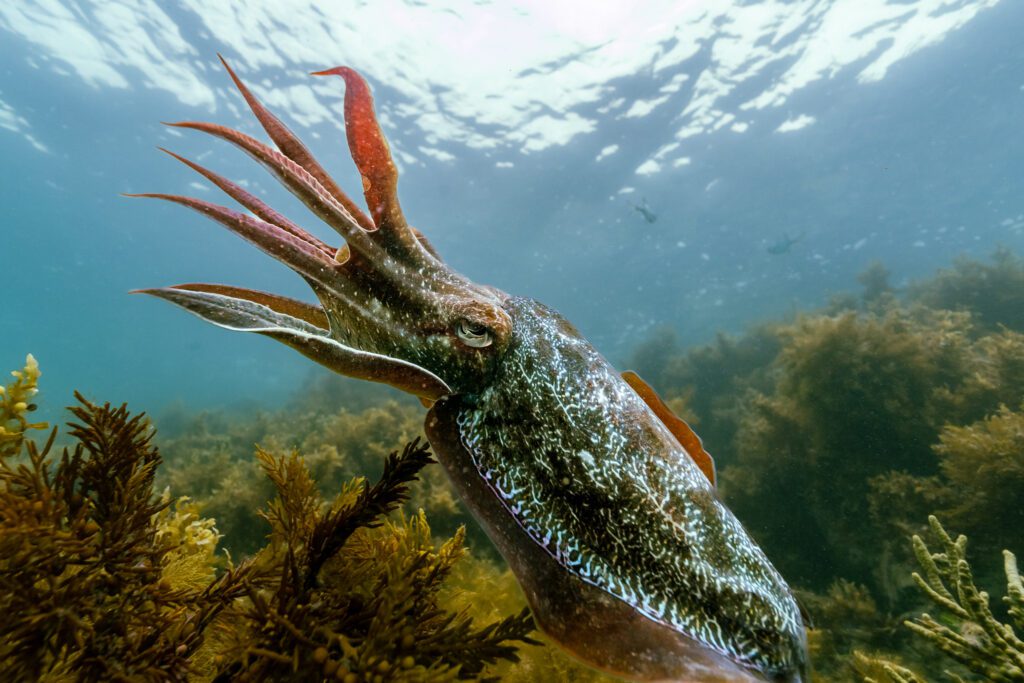
Giant Australian Cuttlefish experience
OK, so this one isn’t in summer but it’s world-famous, a huge bucket-list tick and only in South Australia.
Every winter along the coast in the Upper Spencer Gulf Marine Park near Whyalla, hundreds of thousands of Giant Australian Cuttlefish congregate to mate. Swimming out over the rock ledges, you suddenly see a flash, like the sun glittering off a metallic object in the distance. It’s not long before you realise you are surrounded by huge yet incredibly graceful Giant Australian Cuttlefish – the larger males measuring over 60cm long and weighing 5kg! Watching these males putting on incredible shows, pulsating through all the colours of the rainbow at the blink of an eye, is just sensational. EMS hosts Cuttlefest snorkel tours to see them every July.
Before you dive in
If you’re new to snorkelling or don’t own equipment, we recommend booking with a snorkel tour group like the not-for-profit EMS – Experiencing Marine Sanctuaries. Its accredited guides, shore and vessel support, extra floatation devices, snorkel gear and safety protocols ensure a safe and supervised snorkel tour.
For those seeking a little more before venturing into the ocean, EMS runs regular ‘Pool Snorkel 101’ classes that teach the basics and build your confidence.
When planning a snorkel, check weather and sea conditions, be sun-smart, pack ample water, snacks, and well-maintained snorkel gear. Wear a wetsuit, always snorkel with a buddy, let someone know your snorkel entry/exit point and when you plan to return.
A dive flag on a float and a cutting tool are also essential for safety, as are a first aid kit and a charged mobile phone.

